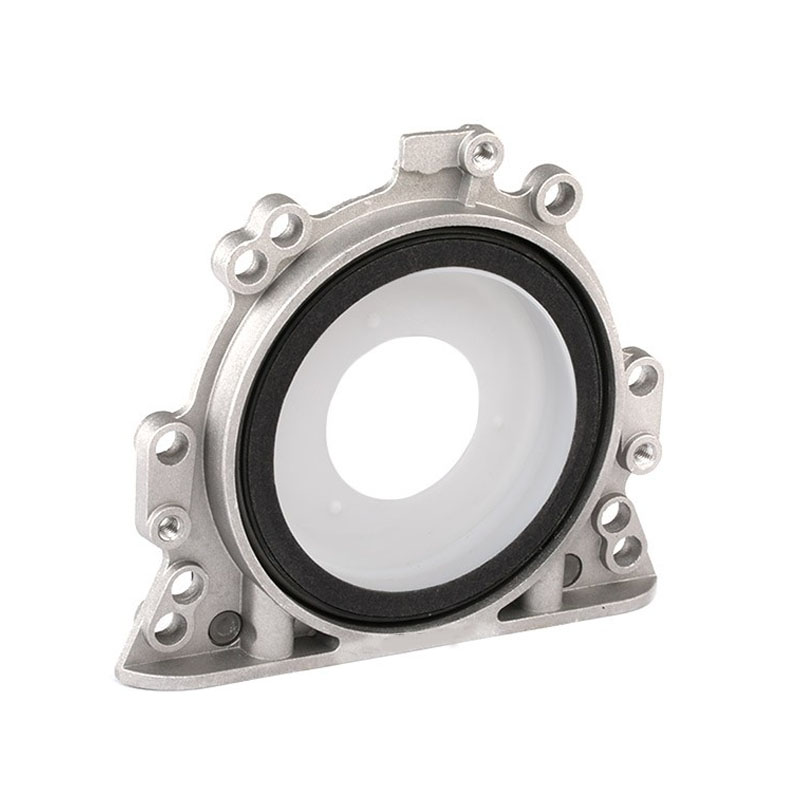oil drain plug bolt
Understanding Oil Drain Plug Bolts Importance and Maintenance
The oil drain plug bolt is often an overlooked component in the vast machinery of automotive and small-engine systems, yet its significance cannot be understated. This small but vital part plays a critical role in keeping the engine lubricated and functioning efficiently. Understanding its purpose, maintenance, and potential issues can save vehicle owners both time and money in the long run.
What is an Oil Drain Plug Bolt?
An oil drain plug bolt, commonly referred to simply as the drain plug, is a threaded fastener located at the bottom of an engine oil pan. Its primary function is to seal the oil pan and retain the engine oil, preventing leakage. During regular maintenance, such as oil changes, the drain plug allows for the oil to be released and replaced with fresh oil, ensuring optimal engine performance.
Importance of the Oil Drain Plug Bolt
The oil drain plug bolt is essential for several reasons
1. Prevention of Oil Leaks A well-sealed drain plug prevents oil from leaking out, which is crucial for maintaining the proper oil level in the engine. Low oil levels can lead to increased friction, overheating, and ultimately engine damage.
2. Facilitating Oil Changes Removing the drain plug is a necessary step in the oil change process. This accessibility allows vehicle owners and mechanics to replace old oil with fresh oil, enhancing engine efficiency and longevity.
3. Ensuring Optimal Engine Performance Regular oil changes and proper sealing ensure that the engine runs smoothly. Contaminated or degraded oil can hinder performance, increase wear, and shorten engine life.
oil drain plug bolt

Maintenance Tips for the Oil Drain Plug Bolt
To ensure the drain plug remains functional and effective, the following maintenance tips should be considered
1. Regular Inspection Vehicle owners should periodically inspect the oil drain plug for signs of wear, corrosion, or damage. A damaged plug can lead to leaks that may not only waste oil but also cause significant engine problems.
2. Proper Torque Specifications When reinstalling the drain plug after an oil change, it’s crucial to follow the manufacturer’s torque specifications. Over-tightening can lead to stripping threads or cracking the oil pan, while under-tightening may result in leaks.
3. Using a New Seal or Gasket When replacing the oil, consider using a new washer or gasket for the drain plug. This ensures a better seal and reduces the likelihood of leaks developing over time.
4. Regular Oil Changes Adhering to a regular oil change schedule is vital. Check the vehicle’s manual for recommended intervals, and change the oil and filter regularly to keep the engine healthy.
Conclusion
In summary, while the oil drain plug bolt may seem like a small component, it is an integral part of the engine's health and performance. Regular maintenance, inspections, and adherence to proper procedures can help ensure that this small but mighty bolt continues to function effectively. By paying attention to such details, vehicle owners can significantly prolong their engine’s lifespan and enhance its performance, making the oil drain plug bolt much more than just a simple fastener.
-
Understanding the Front Main Engine Seal: Purpose, Maintenance, and Installation
News Jul.29,2025
-
Understanding O-Rings and Seal Rings: Types, Applications, and Custom Solutions
News Jul.29,2025
-
Understanding Crankshaft Oil Seals: Rear Seals, Pulley Seals, and Their Role in Engine Integrity
News Jul.29,2025
-
The Importance of Front and Rear Crankshaft Seals in Engine Performance and Oil Management
News Jul.29,2025
-
Crank Oil Seals: Functions, Types, and Cost Considerations in Engine Maintenance
News Jul.29,2025
-
A Comprehensive Guide to O-Rings and Seals: Types, Materials, and Global Applications
News Jul.29,2025
-
Mastering Diesel and Performance Engine Maintenance: A Guide to Critical Oil Gaskets
News Jul.28,2025
Products categories















